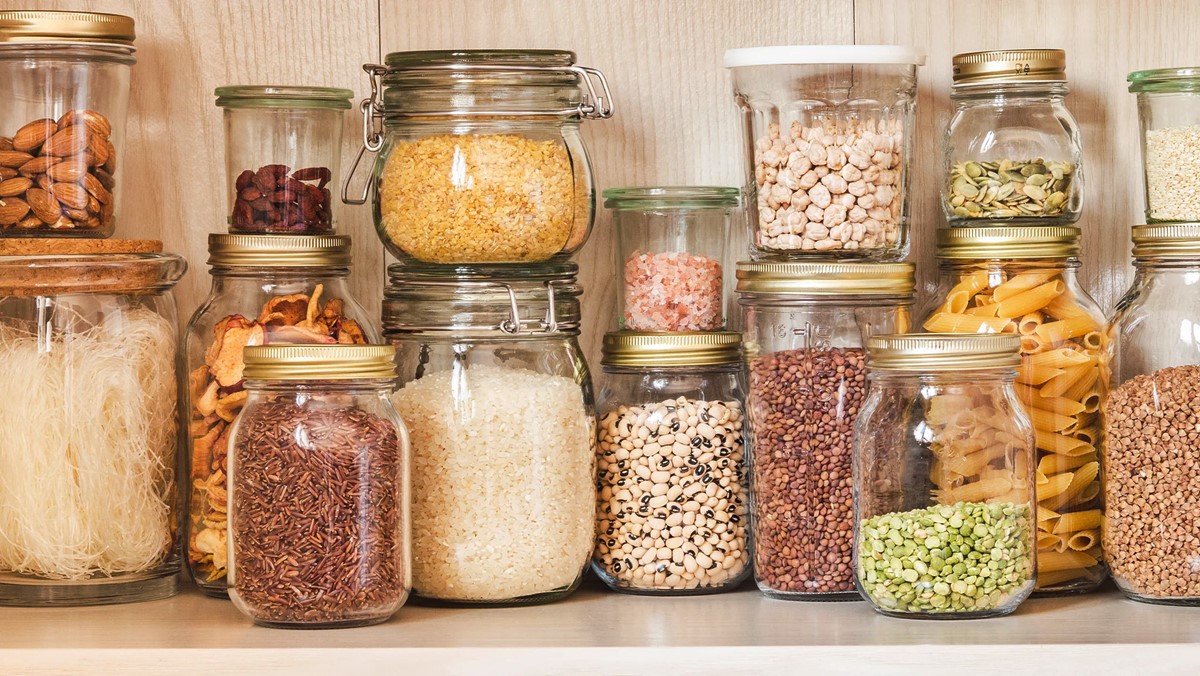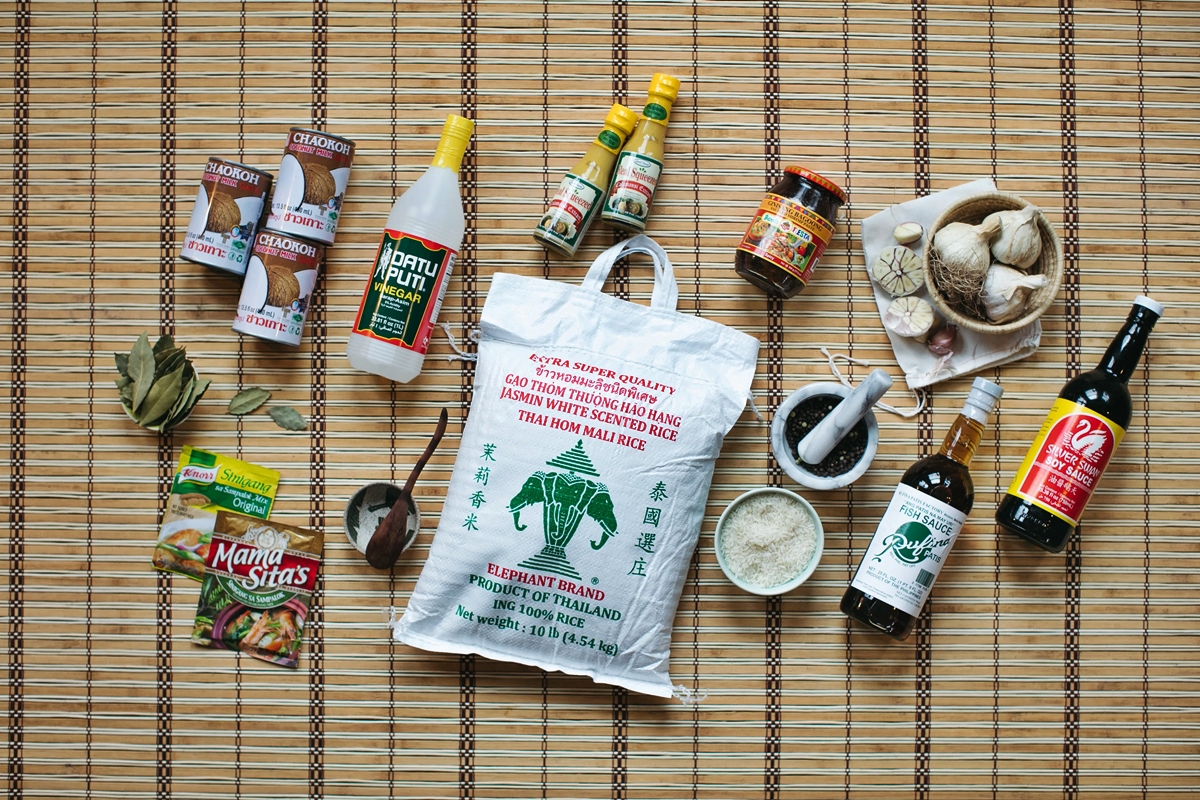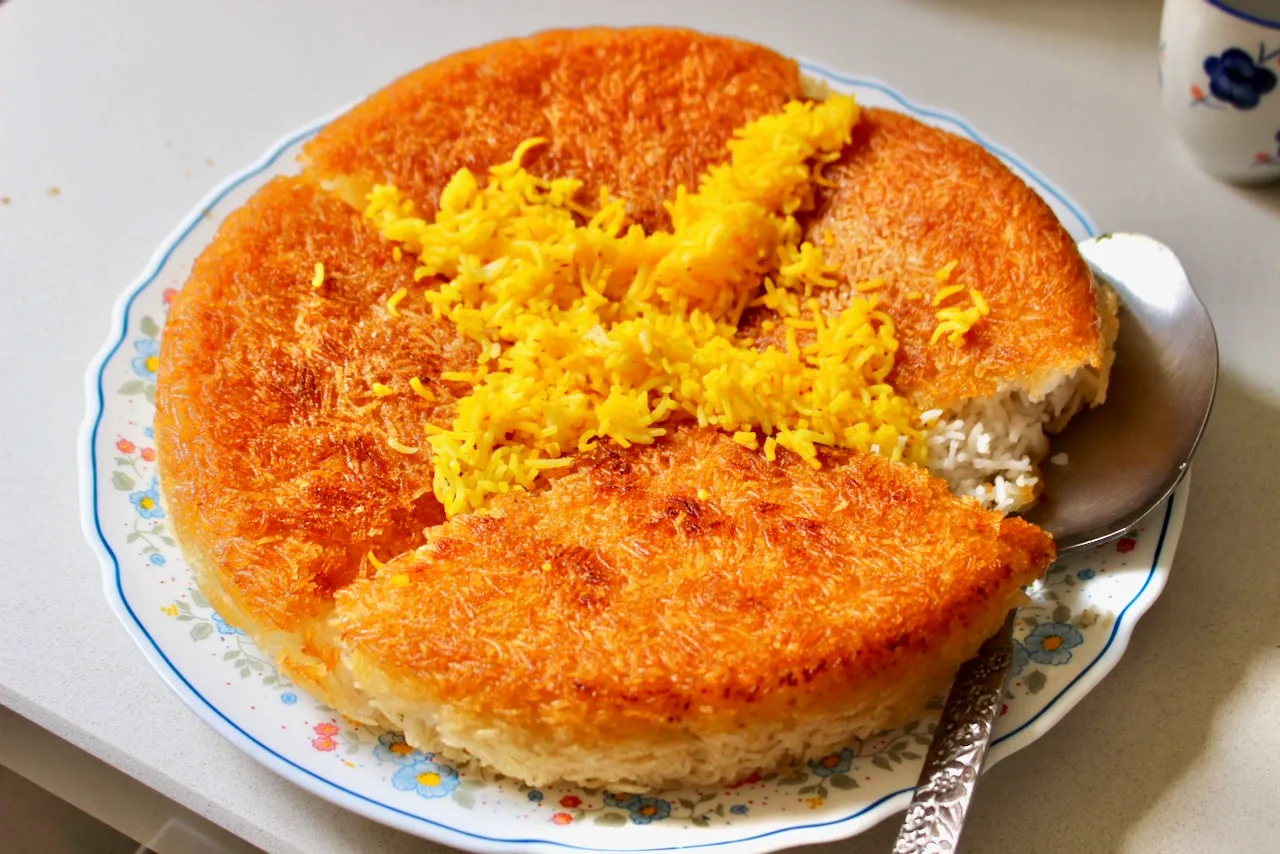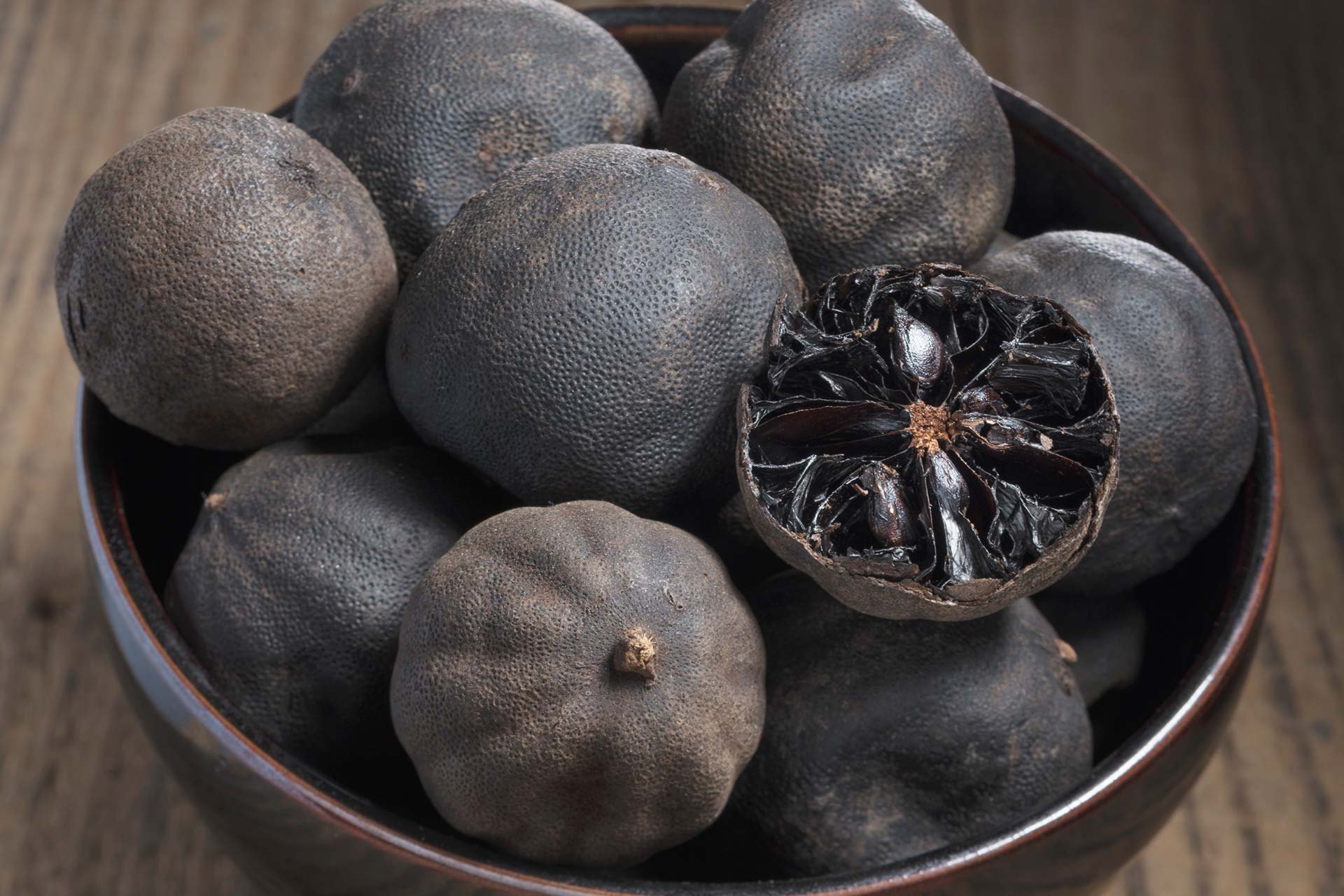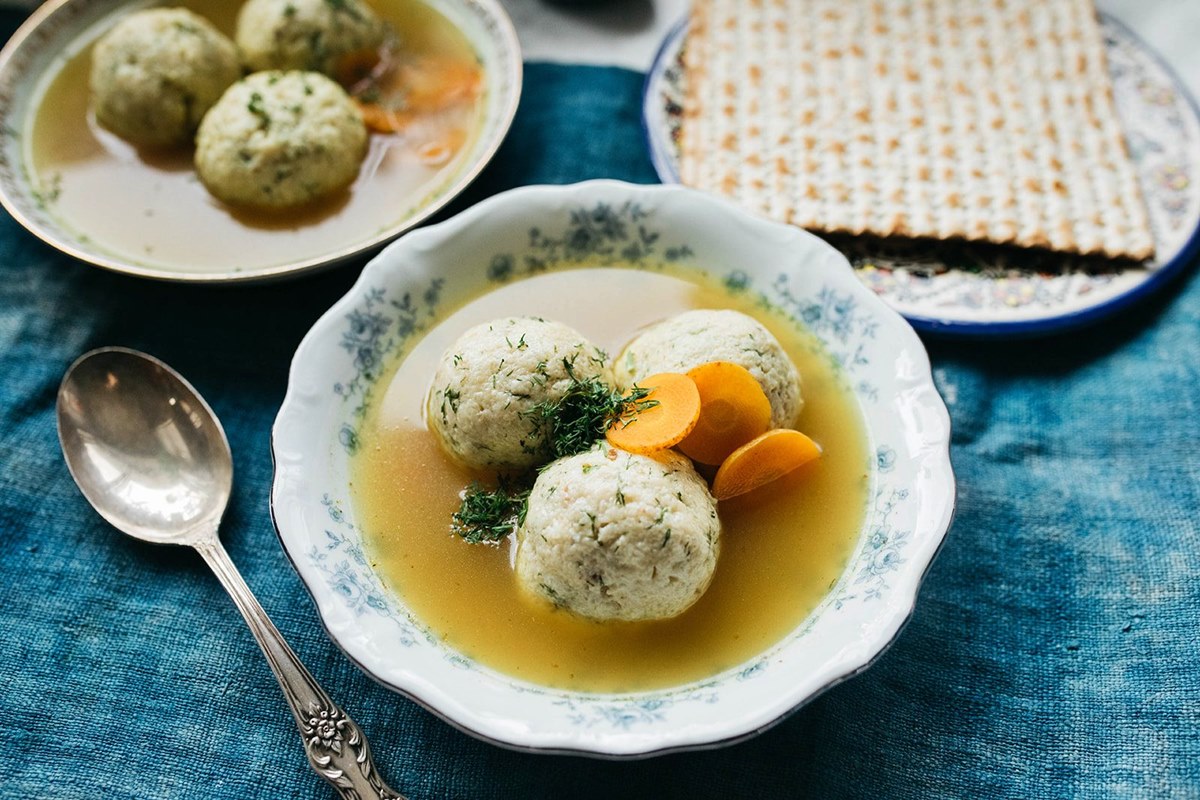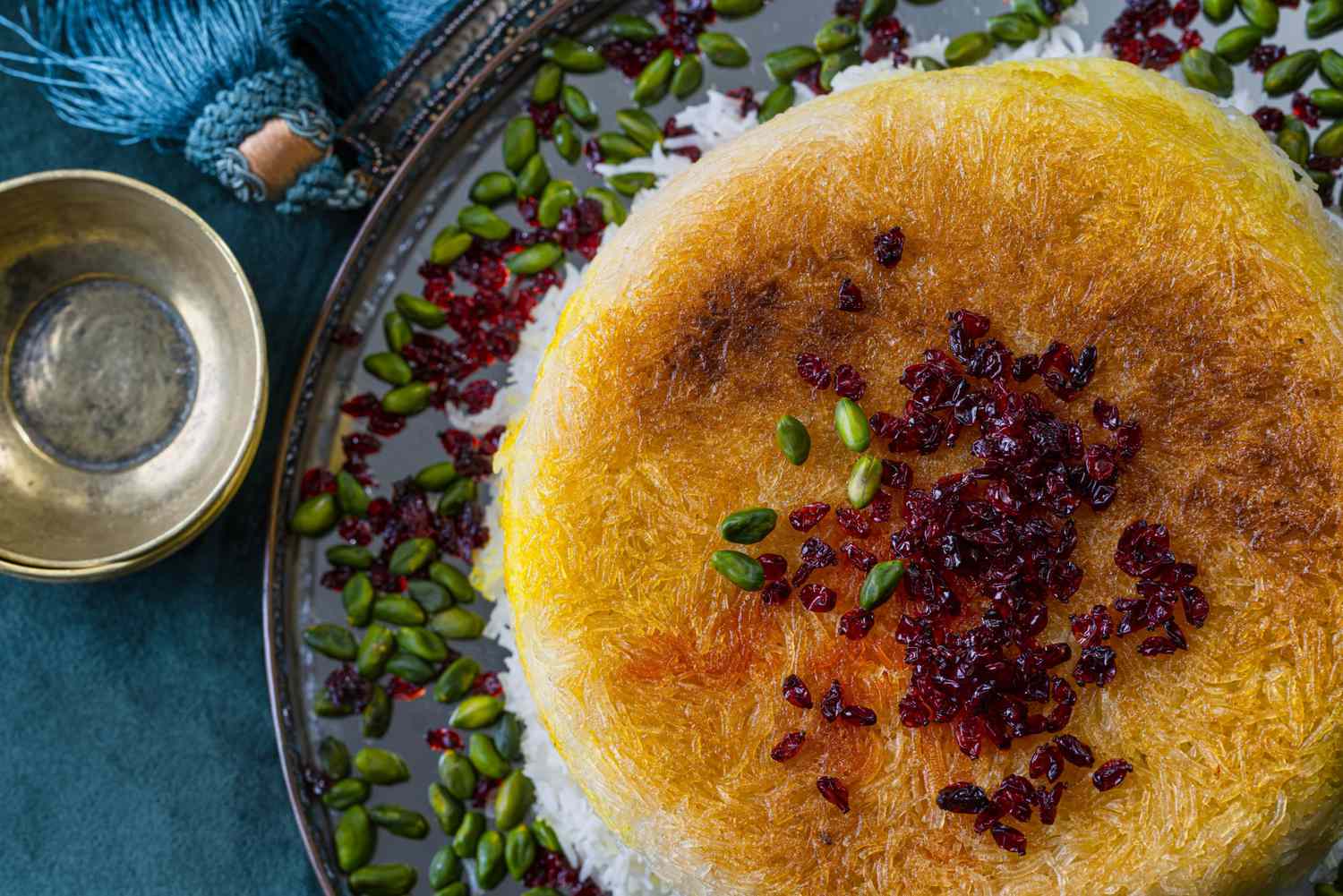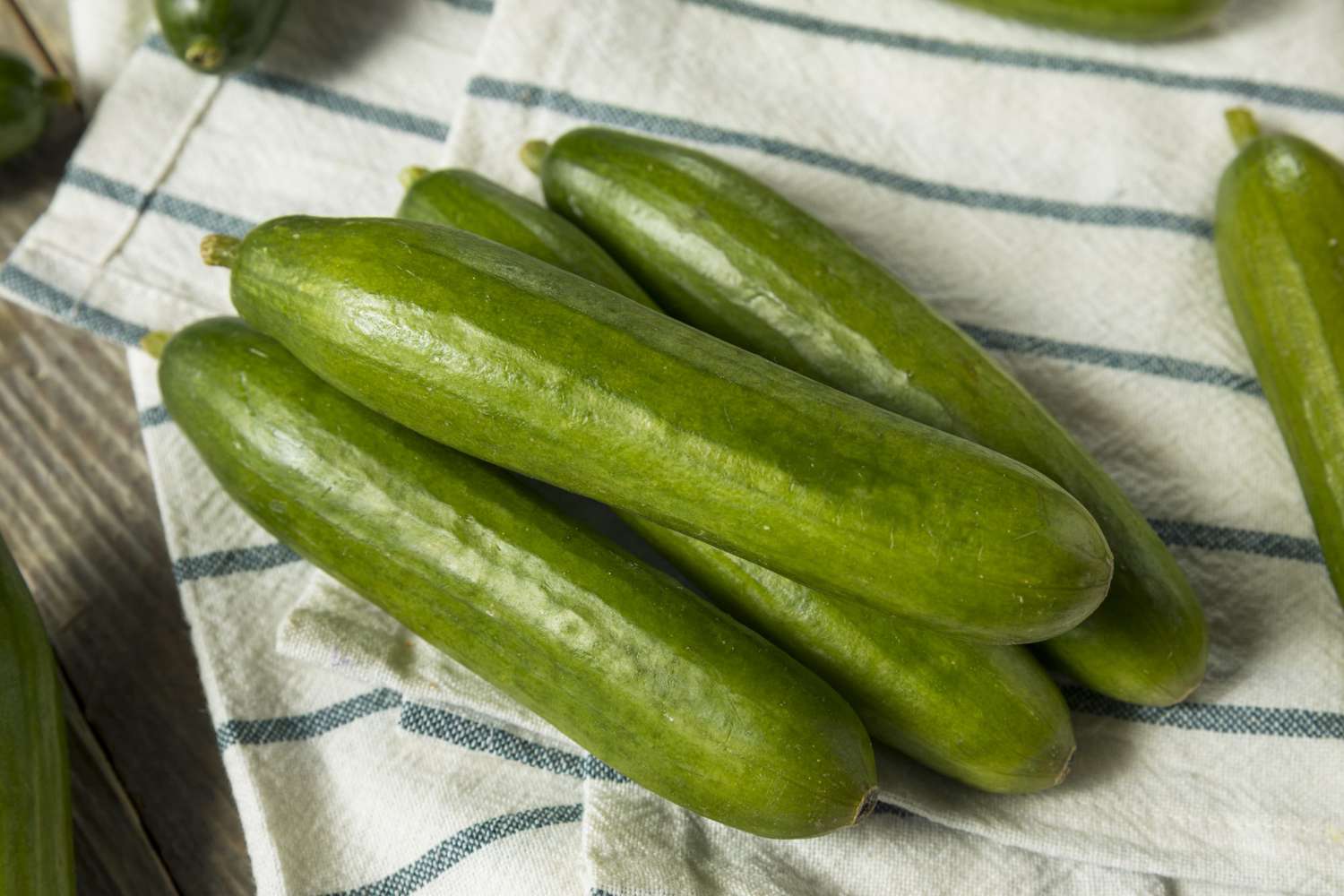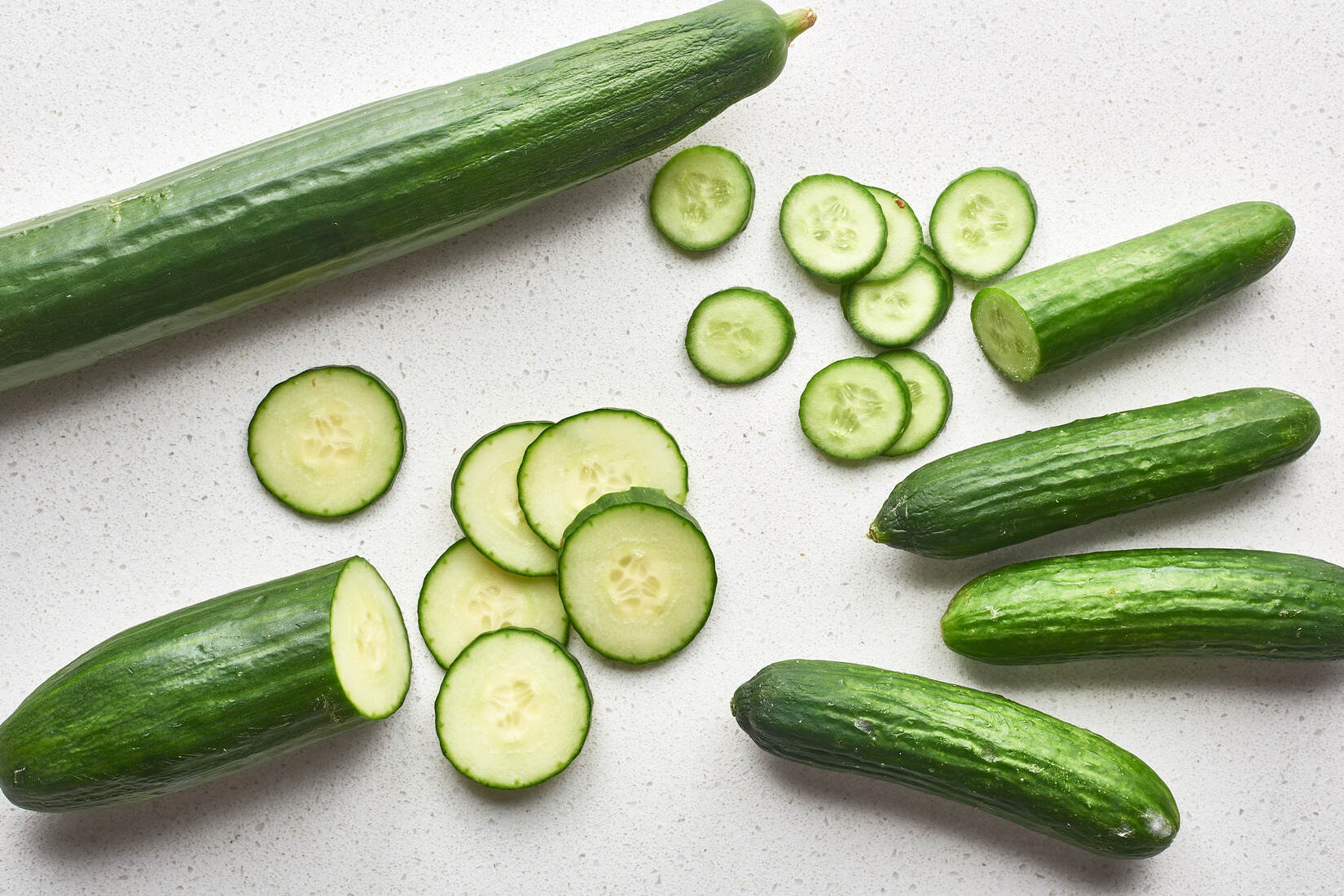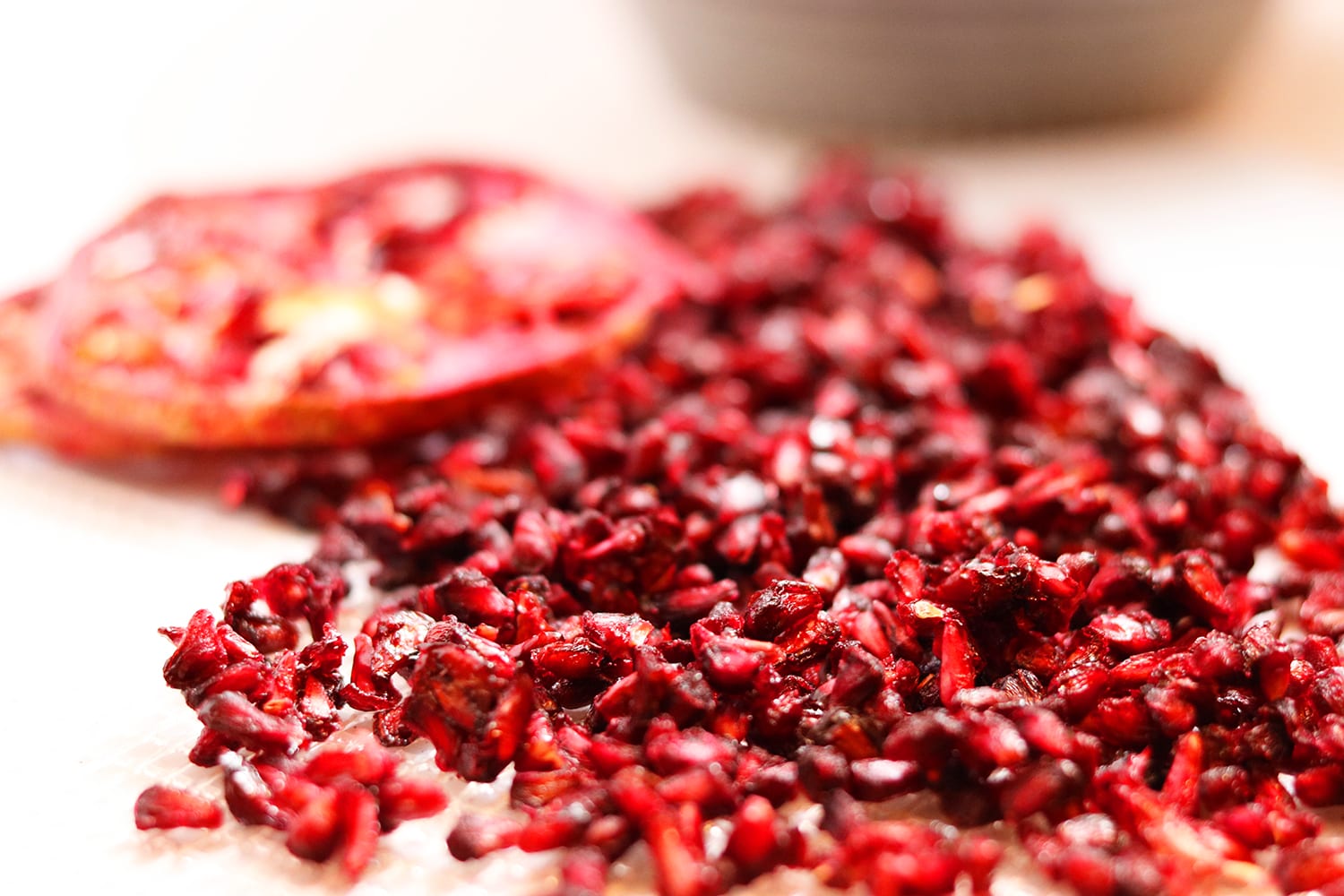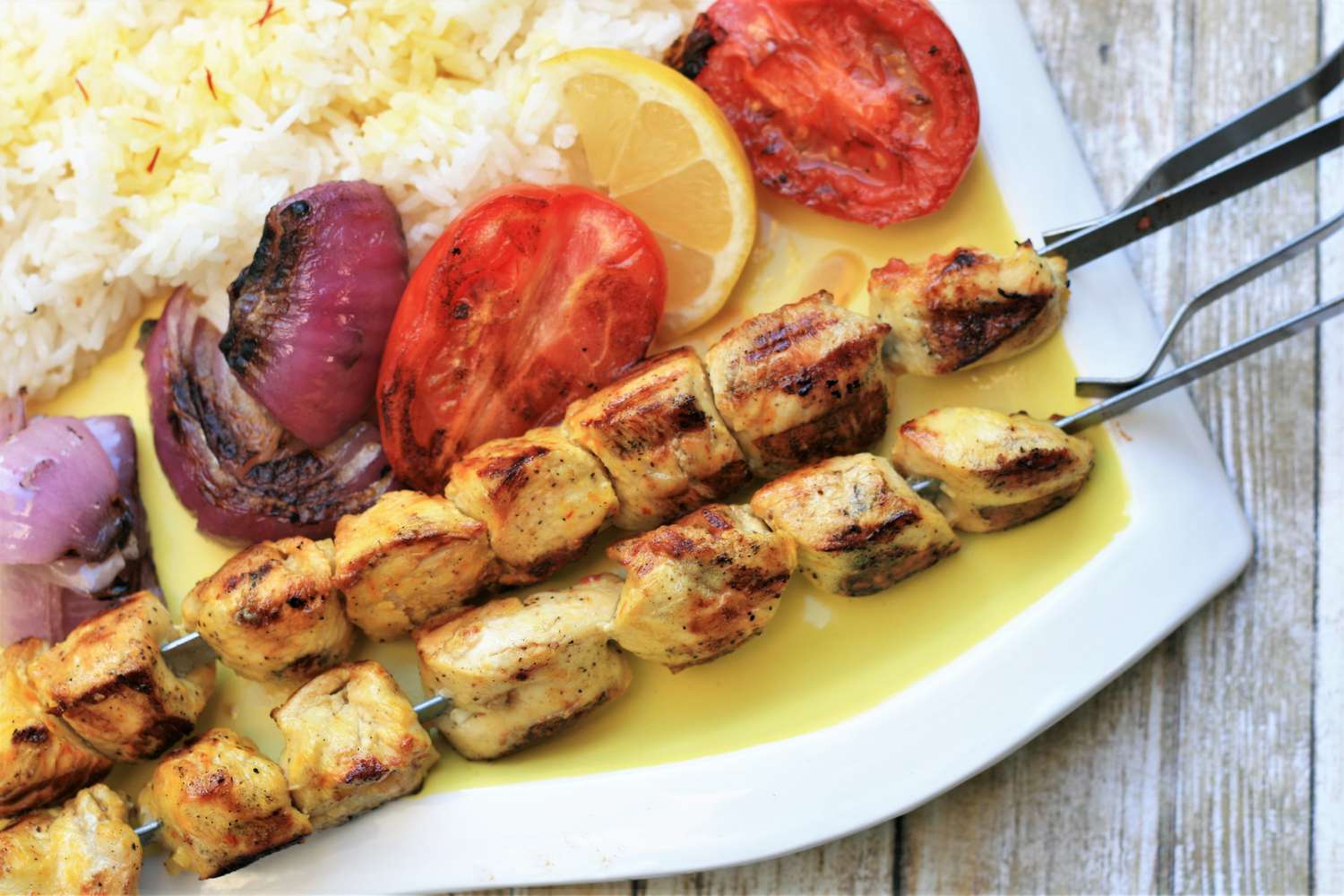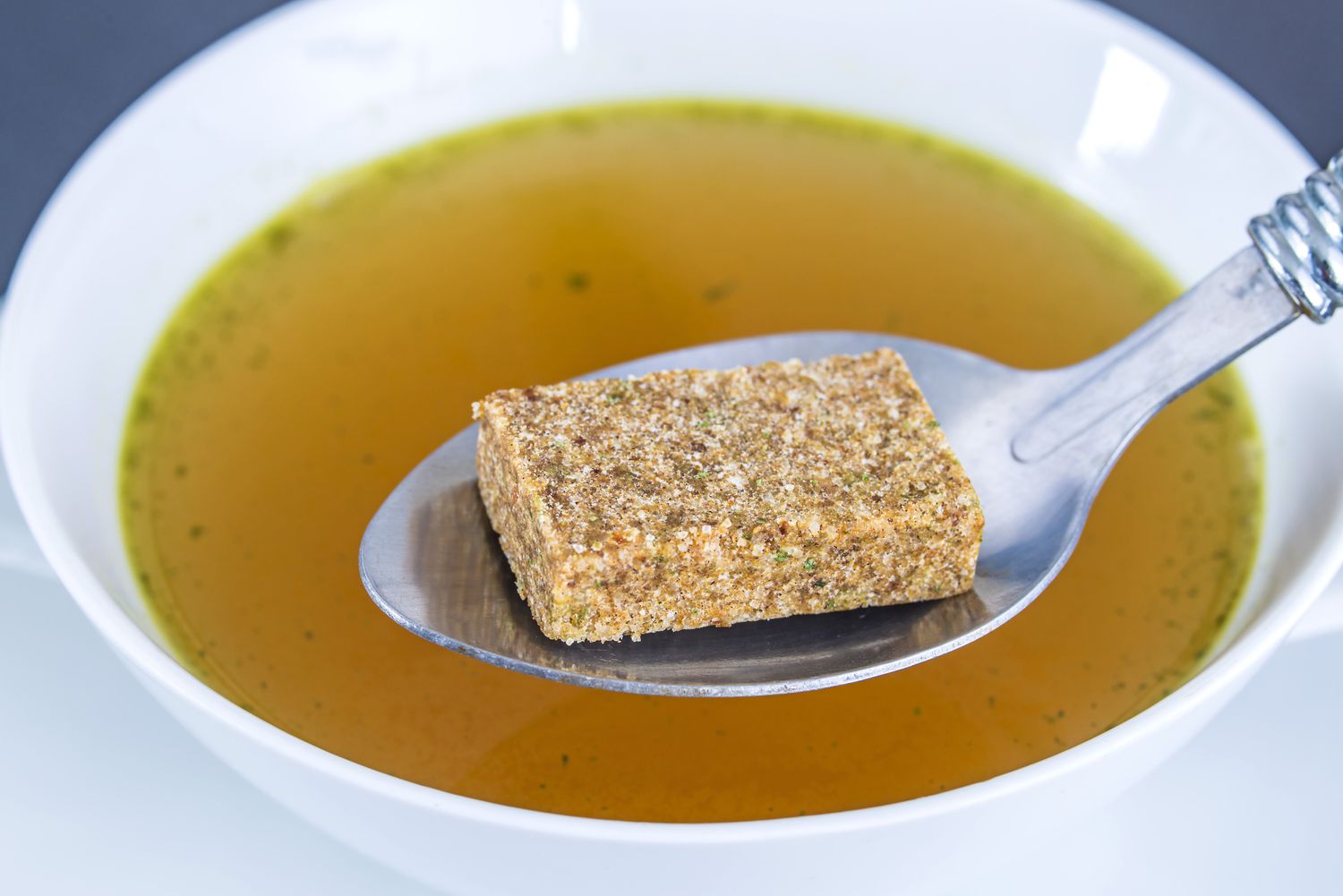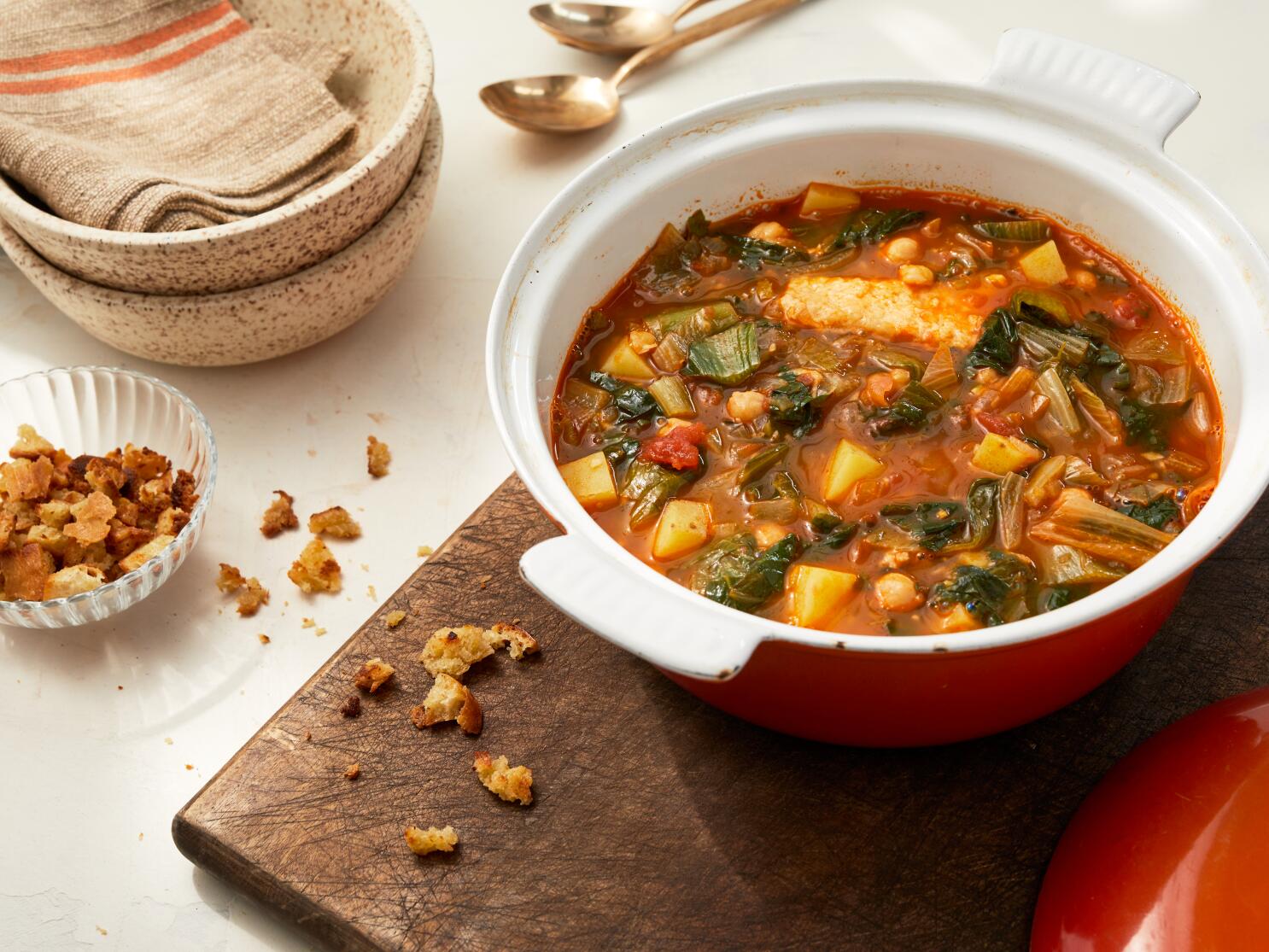How to Stock a Persian Pantry
Are you a food lover who wants to explore the rich and vibrant flavors of Persian cuisine? If so, it’s essential to stock your pantry with the right ingredients. A well-stocked Persian pantry will give you the foundation to create authentic and delicious dishes that will transport your taste buds to the streets of Tehran. Let’s dive into the essentials:
1. Rice and Grains
Rice is a staple in Persian cooking, so make sure to have high-quality, long-grain basmati rice in your pantry. Other grains like bulgur, lentils, and quinoa are also commonly used in Persian cuisine, so it’s a good idea to keep these on hand as well.
2. Herbs and Spices
Persian cuisine is known for its fragrant and aromatic spices that add depth and complexity to dishes. Some must-have spices for your Persian pantry include:
- Saffron: Often referred to as the “red gold,” saffron brings a rich golden color and a unique floral flavor to Persian dishes.
- Turmeric: This vibrant yellow spice adds a warm, earthy flavor and is commonly used in Persian rice dishes like “Tahchin.
- Cumin: Cumin seeds or ground cumin are used to add a warm, nutty flavor to many Persian stews and rice dishes.
- Cinnamon: Cinnamon adds a subtle sweetness and warmth to both savory and sweet Persian dishes.
3. Dried Fruits and Nuts
Persian cuisine makes ample use of dried fruits and nuts, which add texture and depth to many dishes. Stock your pantry with essentials like dried apricots, dates, raisins, and dried figs. Almonds, pistachios, and walnuts are also commonly used in Persian recipes and are great for snacking or adding a crunchy element to dishes.
4. Preserved Ingredients
Preserved foods play a significant role in Persian cooking, adding tanginess and complexity to various dishes. Make sure to have these essentials on hand:
- Pomegranate Molasses: This thick and tangy syrup is made from reduced pomegranate juice and is widely used in Persian marinades, dressings, and stews.
- Sumac: Ground sumac is made from dried sumac berries and has a tart, lemony flavor. It is used as a finishing touch on salads, kebabs, and grilled meats.
- Golpar (Persian Hogweed Seeds): These unique seeds have a citrusy and slightly bitter flavor. They are commonly used as a garnish for soups and stews.
5. Specialty Ingredients
To truly immerse yourself in the world of Persian cuisine, consider adding these specialty ingredients to your pantry:
- Rose Water: Known for its delicate floral aroma, rose water is used in many Persian desserts like “Gheymeh Nesar.”
- Rose Petals: Edible rose petals can be used as a garnish or incorporated into dishes for a visually stunning presentation.
- Dried Limes: These tangy, dried limes are a staple in many Persian stews and add a unique citrusy flavor.
By stocking your pantry with these essential ingredients, you’ll be well on your way to creating authentic and flavorful Persian dishes. Let your culinary adventure begin!
Remember, exploring the world of Persian cuisine is not only about the ingredients but also about the passion and creativity you bring to the kitchen. Enjoy your cooking journey and savor the delightful flavors of Persian cuisine!
